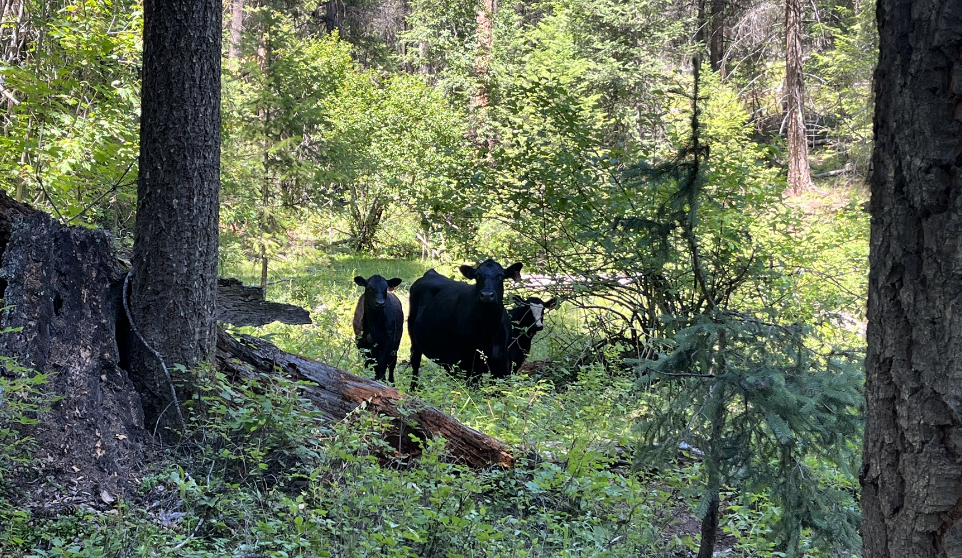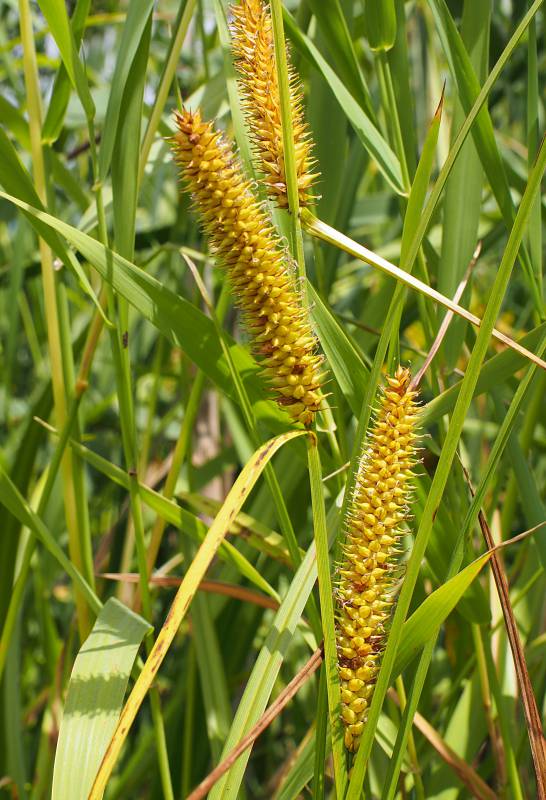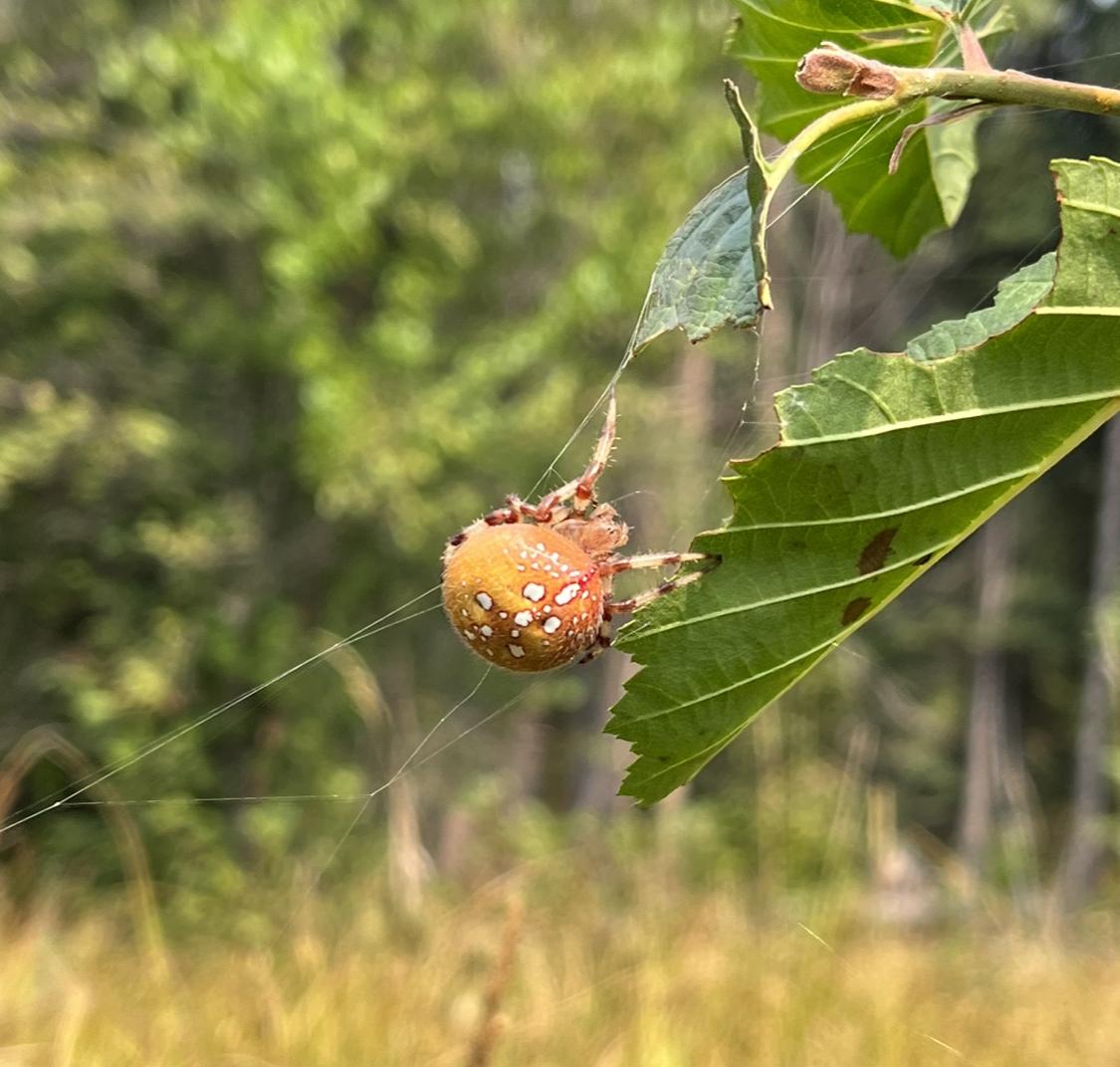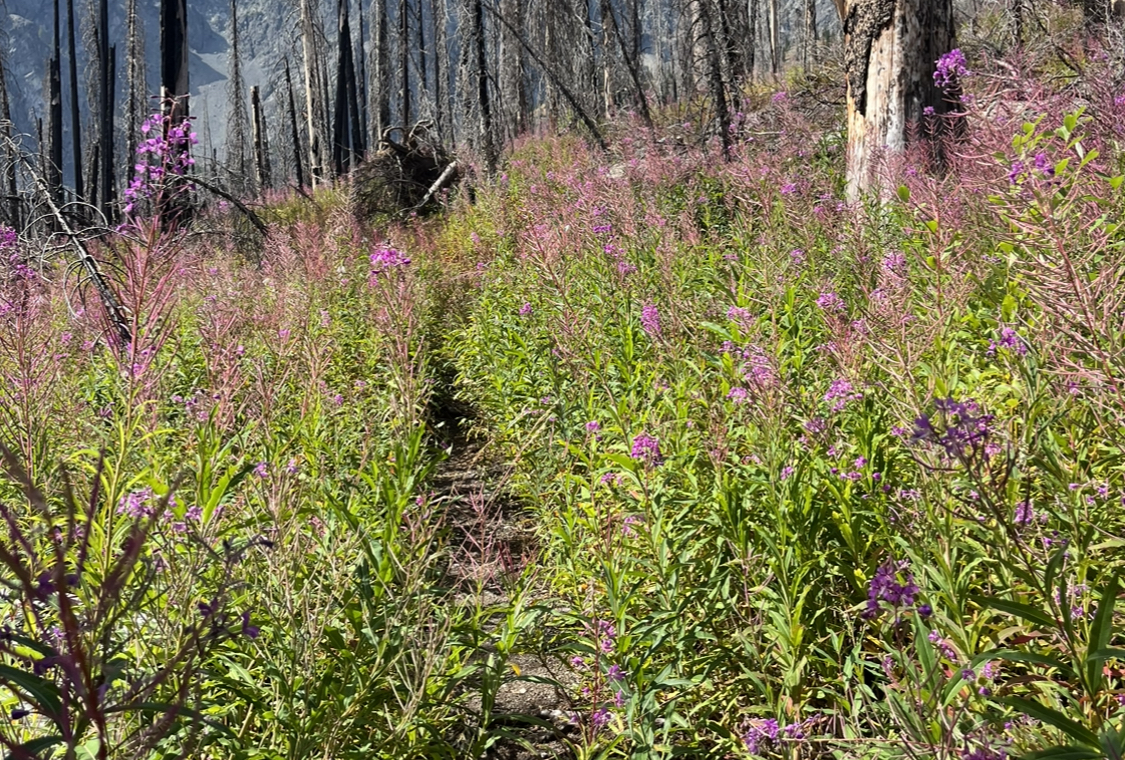Seed collection is a competition.
I’m not talking about competition between CLM interns or forest districts (ok well maybe just a little bit). Over the past month or so of seed collecting, I’ve been racing the wind, the clock, insects, and most notably, cattle to get to seeds first. Everywhere I look in the forest, there seems to be something or someone else looking to steal, eat, or stomp on my seeds before I can collect them, and I’ve learned that whether I’d like to be or not, I’m in competition with these forces.
The Tonasket Ranger District has 51 active range permits, and I’ve heard one of the highest range permit to area ratios of any national forest district in the country. Lucky us! Sometimes, it feels as if every square inch of our forest has been munched or trampled by cows. I’ve gotten used to the sight, even enjoy their presence from time to time. No matter how much mutual respect I believe we’ve built, though, they never hesitate to eat every Lupinus sericeus seed before they have the chance to mature to harvestability.

Seeds want to be collected…
It’s not always easy to tell when a seed is ready to be collected. Take Carex utriculata, for example. No two spikes look exactly the same when they’re ready for harvest, but without fail, their akenes will slide right off when they’re ready, whether they’re completely brown, or still half green. Every plant looks different, but their seeds will always be easy to separate from their plants when they’re ready to be collected.
Like any living thing, the biological goal of a plant for its seeds to germinate, their offspring to thrive, and thus their genetic lineage to persist after their own lives end. I’d like to think that by collecting their seeds, I’m giving plants a better chance at achieving that goal than if they’re left to their own devices. I’ve kind of beat evolution in that way, become a god to these plants. So why wouldn’t they want me to collect their seeds?

…and bugs do too.
While stripping a plant bare of its seeds, we’re often asked to abandon our botany hats in favor of entomology ones. It’s nearly impossible to remove the seeds from a plant crawling with bugs without taking a few of them with you, but most are friendly and seem to crawl out of our seed bags without too much prodding.

Not all seeds are made the same.
On a good day, we’re able to harvest 3 seeds from each Lupinus sericeus plant, while Chamerion angustifolium produces around 80,000 seeds per plant. Both wildflowers are on our target species list, but to complete a 30,000 seed collection for one, we’d need to find 10,000 plants, while one weed on the side of the road would suffice for the other. Seeds are kinda like us that way, all a little bit different.

